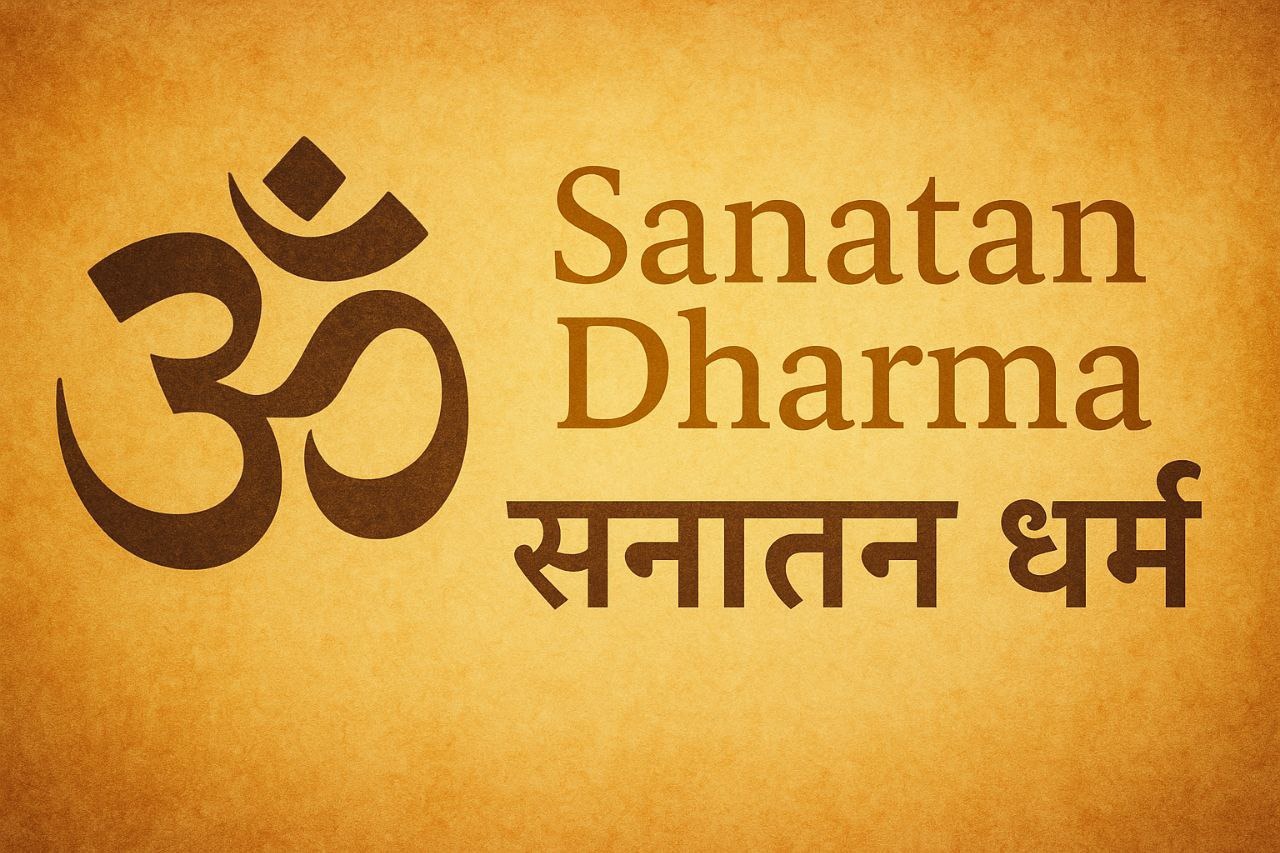Gau Sevā ~ Spiritual and Ecological Significance of Cow Care in Sanātana Dharma
The Sacred Bond Between Bhārata and the Divine Mother

Revering the Go-mātā
In Sanātana Dharma, the cow is not merely an animal; she is revered as Go-mātā, the universal mother who sustains life through her nurturing presence. Gau Sevā (service to the cow) is not just an act of kindness, it is a spiritual discipline, a dhārmic obligation, and a connection to the Earth’s abundant love. The cow embodies compassion, selflessness, and divinity, and her care reflects the soul of Sanātana civilization.
“To serve the cow is to touch the very rhythm of the Earth and offer gratitude to the divine for every breath we take.” ~ Adarsh Singh
Symbolism of the Cow in Sanātana Thought
The cow represents Dharma itself. Her four legs stand for truth, purity, compassion, and charity. In the Ṛgveda, the cow is described as Aghnyā, that which must not be harmed. She is associated with many deities: Lord Kṛṣṇa as Govinda and Gopāla (protector of cows), Lord Śiva whose bull Nandī symbolizes strength, and even the Devis, who bless those who care for all sentient life.
“In the silent gaze of a cow lies the wisdom of ages. In her footsteps echoes the path of dharma.” ~ Adarsh Singh
Spiritual Significance of Gau Sevā
Caring for cows purifies the mind and cultivates humility, patience, and devotion. It is said that all the 33 types of devas reside in the cow. When one feeds, bathes, or simply sits beside the cow, one aligns with sattva (purity) and natural harmony. Temple rituals, yajñas, and Vedic ceremonies often include Gau Dāna (cow donation) as the highest form of charity.
“Gau Sevā is a meditation in motion, a sacred act that nourishes the soul while healing the world.” ~ Adarsh Singh
Cows and Ecosystem Balance
Beyond spiritual symbolism, the cow is vital for ecological harmony. Cow dung is antiseptic and enriches the soil. Cow urine is used in traditional Ayurvedic medicine and pest control. Her gentle grazing sustains biodiversity. Gau Sevā is also Bhū Sevā, serving Mother Earth. Traditional Indian farming always revered the cow as the backbone of sustainability.
Gau Sevā in the Life of Saints and Kings
Sages like Vasishtha and Rishi Jamadagni lived amidst cows, treating them as sacred companions. Śrī Kṛṣṇa, the divine cowherd, led his life surrounded by cows in Vṛndāvan, showing us that spiritual elevation comes through loving service. Emperors like Shivaji Maharaj protected cows even during wars, considering it a sacred duty.
Modern Gau Sevā: Revival with Responsibility
In today's world, Gau Sevā must rise again, not just as a religious act but as a national ethic. Establishing cow shelters (gaushālās), promoting native breeds, encouraging cruelty-free dairy practices, and integrating Gau-based agriculture are ways to honor this ancient tradition.
“Reviving Gau Sevā is not a return to the past; it is a return to our spiritual roots, a revolution of reverence in a restless age.” ~ Adarsh Singh
Walking the Path of Reverence
Gau Sevā is a sacred embrace of nature, a reminder of our duty to serve all life forms, and a mirror reflecting our spiritual evolution. As Bhārata advances materially, may she never forget her Go-mātā. A civilization that protects the cow protects its soul.
“When you touch the cow with love, you touch the Earth with gratitude and the divine with devotion.” ~ Adarsh Singh
Sun Jul 27, 2025
